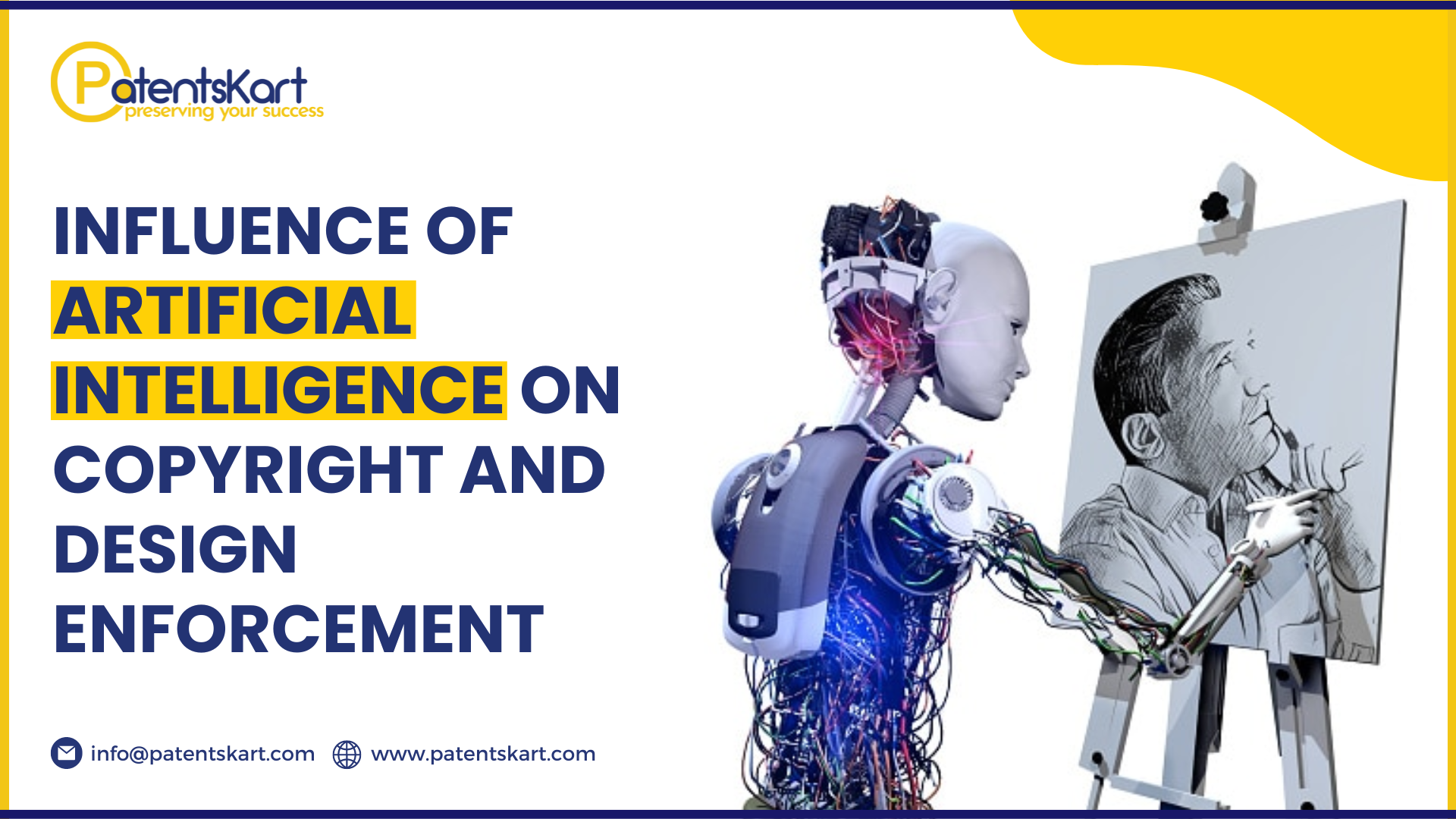As a patent attorney, you are well aware of how intellectual property rights are changing and how new technologies can present difficulties. Of these, the effect of artificial intelligence (AI) on design infringement and copyright enforcement has gained a lot of attention. Let’s take a closer look at how artificial intelligence is changing the intellectual property rights scene and how it affects copyright and design enforcement issues as well as protection.
AI: A Double-Edged Sword in Copyright and Design Protection
Artificial intelligence has brought about a significant revolution in a number of industries by providing innovation, efficiency, and accuracy. Its quick development, nevertheless, also presents a dilemma for copyright and design protection.
Automated Creation and Infringement:
The capacity of AI to create content on its own creates concerns regarding infringement and ownership. There is a growing blurring of the boundaries between AI-generated and original works of art, music, literature, and design produced by automated systems. It becomes more difficult to establish the origin of these creations and establish rightful ownership, which increases the likelihood of infringement.
Enhanced Detection and Enforcement:
On the other hand, by improving detection mechanisms, AI-powered tools give copyright and design holders more power. More quickly than with manual methods, sophisticated algorithms can search the vast digital landscape for instances of infringement. This development helps to safeguard intellectual property rights by streamlining the enforcement procedure.
Challenges in Copyright and Design Enforcement due to AI
While AI offers advancements in detection and enforcement, it also introduces significant challenges that patent attorneys and IP professionals must navigate.
Ambiguity in Ownership and Authorship:
AI-generated content’s legal owner is still up for debate. Assigning ownership rights becomes unclear when human authorship is absent, which complicates established copyright principles. It is a challenge for courts and regulatory agencies to modify current legislation to deal with these new situations.
Evolving Legal Frameworks:
Legal framework development is not keeping up with the rapid advancement of AI technology. The lack of specificity in the existing copyright and design laws to deal with AI-generated content has left gaps and inconsistent enforcement. Legislators must collaborate internationally and update laws frequently in order to address AI’s effects on intellectual property.
Ethical Considerations and Bias:
There are ethical concerns when AI algorithms inadvertently mimic or replicate copyrighted content. Furthermore, biases in these algorithms may cause false positives or negatives when detecting infringements, which could affect how fairly enforcement actions are carried out. Patent attorneys must resolve these moral conundrums while maintaining fair and accurate enforcement.
Strategies for Adapting to the AI-Driven Intellectual Property Landscape
Navigating the challenges posed by AI in copyright and design enforcement requires proactive measures and adaptive strategies.
Collaborative Approach:
It is essential for stakeholders in the industry, such as tech companies, patent attorneys, legislators, and legal experts, to work together. This kind of cooperation can propel the creation of thorough policies and procedures designed to handle intellectual property concerns associated with AI.
Technology Integration:
The legal industry can streamline procedures by embracing AI-powered tools. Using AI-driven design analysis and copyright solutions can improve the effectiveness of detecting infringements and assisting with legal actions.
Legal Innovation:
It is imperative to foster legal innovation in order to stay up with the latest developments in technology. In order to promote clarity and justice in the enforcement of intellectual property rights, patent attorneys should support the creation of flexible legal frameworks that take AI’s effects into account.
Conclusion
The intersection of AI and intellectual property rights presents a landscape ripe with opportunities and challenges. Patent attorneys play a pivotal role in navigating these complexities, ensuring the protection and enforcement of copyright and design amidst the rapid evolution of AI technology. Embracing collaboration, innovation, and proactive adaptation to this evolving landscape are crucial steps toward maintaining the integrity of intellectual property rights in an AI-driven world.
Also Read: Navigating the Patent Paradox: Balancing Innovation and Monopoly

